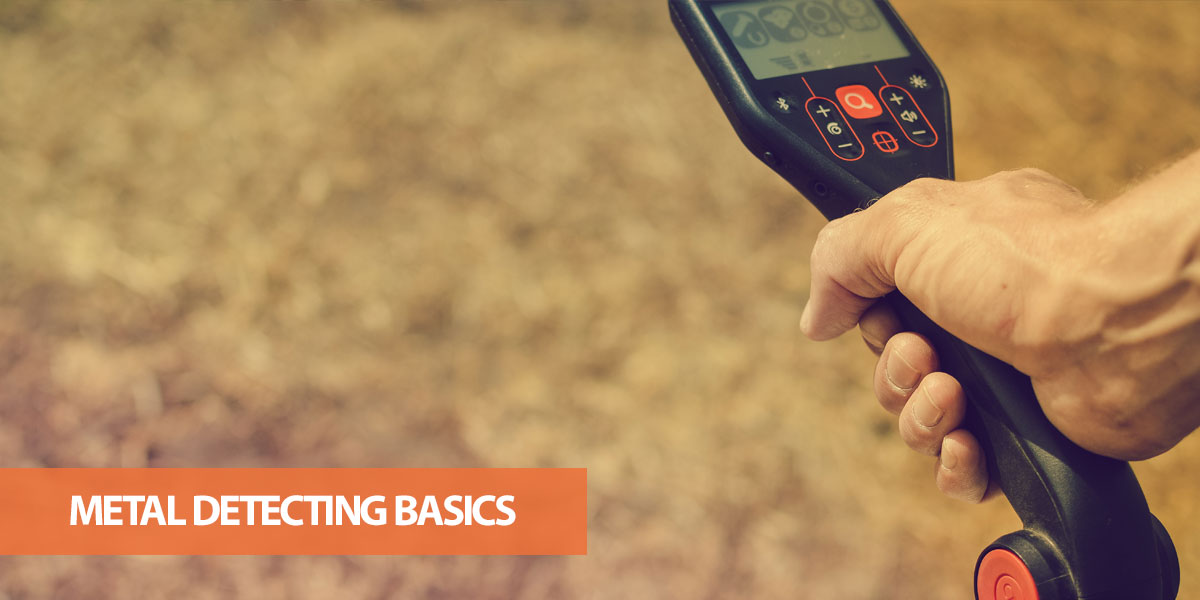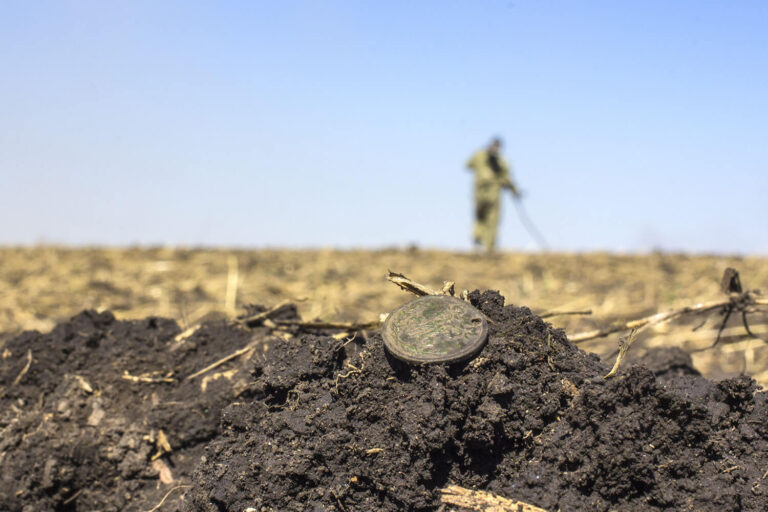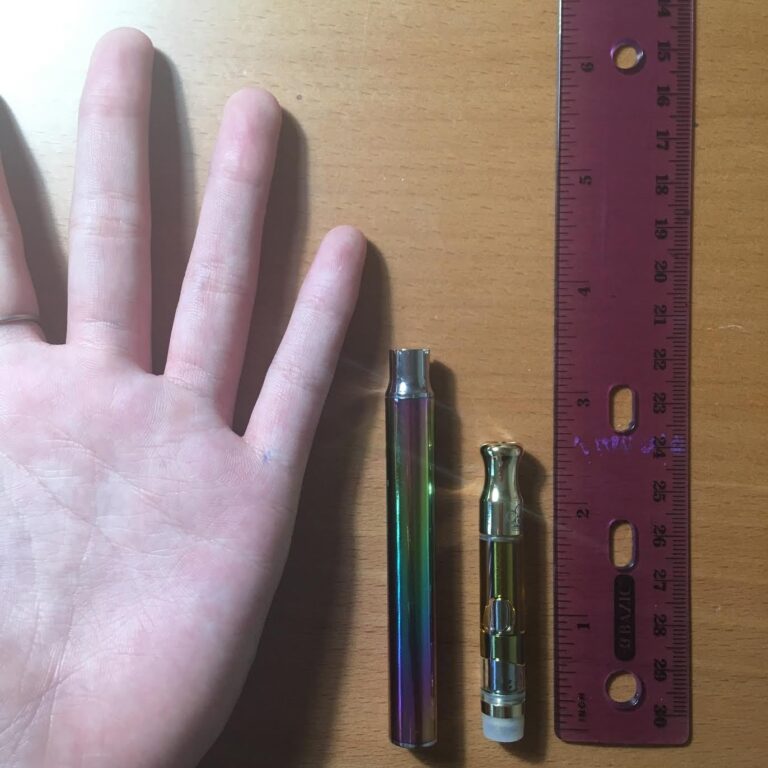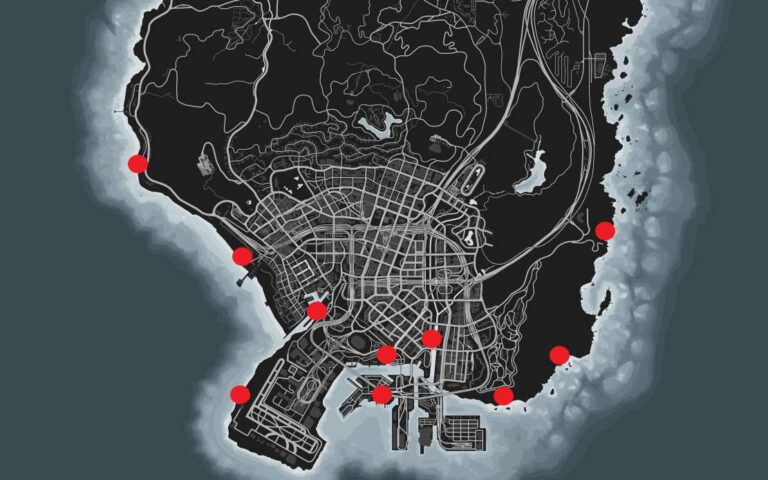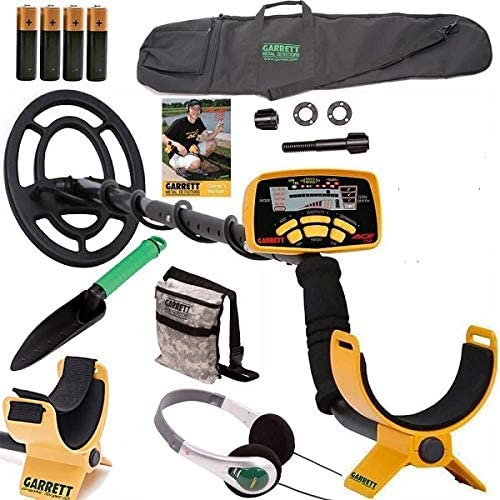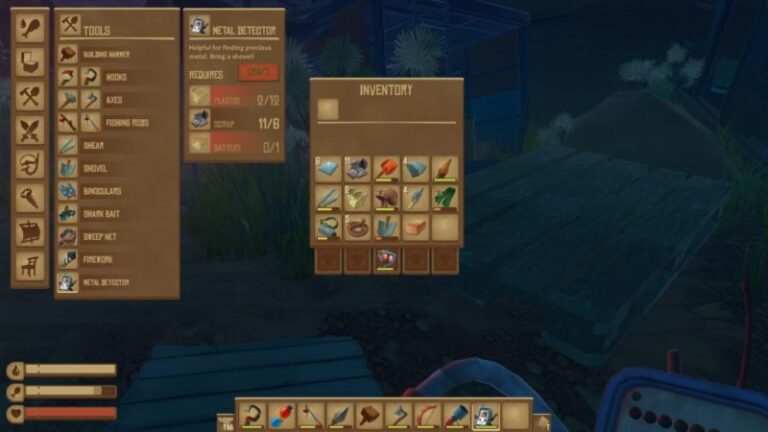How to Use a Metal Detector for Beginners
Metal detectors can be an excellent hobby for people of all ages. They can find coins, jewelry, and other metal objects. If you are new to using a metal detector, you should know a few things before you start.
First, you must purchase a metal detector appropriate for your needs. There are many different types of metal detectors on the market, so it is important to research them before making a purchase. Once you have your metal detector, please familiarize yourself with the controls and how to use them properly.
Start by practicing in your backyard or another area where there is little chance of finding anything valuable. This will help you get comfortable using the device and understand how it works. When you are ready to start searching for treasures, there are a few things to keep in mind.
First, always respect private property and obtain permission before searching on someone else’s land. Second, be aware of your surroundings and be sure not to damage any historical artifacts or sites. Finally, have fun!
Metal detecting is a great way to pass the time and find hidden treasures.
- Research what type of metal detector is best for the area you will be searching in.
- Buy or rent a metal detector appropriate for your skill level and needs.
- Learn how to operate your metal detector before you go out searching
- Find an area to search that has the potential for finding interesting objects.
- If you are new to using a metal detector, start by scanning small, manageable areas to get a feel for how it works and what kind of signals it gives off when detecting different types of metals.
- Once you have experience using your metal detector, you can start searching larger areas or even hunt for specific types of objects if you have a general idea of where they might be located.
- When scanning an area with your metal detector, move slowly and methodically so you cover the entire area evenly and don’t miss anything.
- Be sure to pay attention to the signals your metal detector is giving off – different metals will produce different signals.
- If you find something interesting, stop and carefully dig it up, being careful not to damage whatever object you see.
- Once you’ve dug up the object, clean it off so you can identify it (if possible) and then decide what to do with it – keep it, trade it, sell it, or throw it away
How to Use a Metal Detector for Beginners
How Do You Use a Basic Metal Detector?
If you’re new to metal detecting, using a metal detector can be daunting. There are a lot of different models on the market, each with its unique features and settings. This blog post will give you a crash course on how to use a basic metal detector.
First, you’ll need to choose a location to search. Metal detectors can be used anywhere there is dirt or sand – beaches, parks, forests, etc. Once you’ve chosen your location, clear away any debris that might interfere with your search (leaves, sticks, etc.).
Next, it’s time to turn on your metal detector. Most models have two main controls – one for adjusting the device’s sensitivity and one for choosing between different search modes (e.g., all-metal mode or discriminate mode). Start by setting your sensitivity as high as it will go without causing false alarms (false positives are when the detector beeps even though there’s no metal present).
Now it’s time to start scanning! Hold the metal detector coil close to the ground and move it back and forth in slow sweeps. When the coil passes over something metallic, you should hear a loud beeping noise from the device.
If you’re in an all-metal mode, every piece of metal will cause the detector to beep; if you’re in a discriminate mode, only certain types of metals will cause a reaction (depending on what you’ve set the discrimination level too). When you’ve found something metallic, use your digger tool (most detectors come with one) to excavate around it carefully. Once you’ve unearthed your find, congratulations – you’ve just made your first discovery with a metal detector!
What Setting Should My Metal Detector Be On?
Most metal detectors have three basic controls: power, sensitivity, and discrimination. Power: This control adjusts the strength of the signal that is emitted from the coil. The higher the power, the deeper your detector will penetrate the ground.
However, too much power can cause false signals, so finding a happy medium is important. Sensitivity: This control affects how easily your detector will pick up on metal objects. If it is set too high, your detector will be more sensitive to small pieces of metal or trash, and you’ll get a lot of false signals.
If it is too low, you might miss smaller pieces of treasure. Again, it’s important to find a happy medium. Discrimination: This control helps your detector differentiate between types of metals.
For example, if you’re looking for gold coins, you would want to discriminate against iron objects since they would give off false signals. Most detectors have adjustable Discrimination settings so you can fine-tune what types of metals you want to detect.
How Do You Read a Metal Detector?
There are a few things you need to take into account when reading a metal detector. The first is the size of the object. The second is the depth of the object.
And the third is the type of metal that the object is made out of. When it comes to size, smaller objects are usually easier to find than larger ones. But this isn’t always the case.
Sometimes, larger objects can be easier to find because they create a bigger signal on the metal detector. As for depth, shallower objects are usually easier to find than deeper ones. But again, this isn’t always the case.
Sometimes, deeper objects can be easier to find because they’re closer to the surface and thus create a stronger signal on the metal detector. As for type, different metals will create different signals on a metal detector. So if you’re looking for a specific type of metal, you’ll need to pay attention to what kind of signal it gives off on your machine.
In general, though, most metals will give off some signal on most detectors, so you should be able to find what you’re looking for as long as you know where to look!
Is Metal Detecting Hard to Learn?
No, metal detecting is not hard to learn. It can be quite easy and fun! You need to know a few things before you start, though.
First, you’ll need to find a good spot to search. This means finding an area likely to have metal objects buried beneath the surface. Once you’ve found a good spot, the next step is to begin your search.
To do this, walk back and forth across the area with your detector turned on. As you walk, keep your eyes peeled for any signs of metal objects buried in the ground. If you see something that looks promising, stop and dig it up!
With a little practice, you’ll soon get the hang of metal detecting and will be able to find all sorts of hidden treasures!
How to Use a Metal Detector Settings
Most metal detectors have three basic control knobs: power, discrimination, and sensitivity. Power controls the overall strength of the signal that is emitted from the coil. Discrimination helps you ignore certain metals, like aluminum foil, while detecting other metals.
Sensitivity allows you to find smaller pieces of metal at greater depths. The following are generic instructions for using a metal detector. Always refer to your specific model’s user guide for further details.
To use your metal detector:
- Turn on the power knob and slowly adjust the discrimination knob until you hear a beep. This means that the machine is properly calibrated and ready to use.
- Hold the search coil in front of you with both hands and sweep it back and forth across the ground in a slow, side-to-side motion.
- As you sweep, listen for any tone changes indicating metal presence. If you hear a higher-pitched tone, stop and dig!
- Use the sensitivity knob to fine-tune detection depth.
How to Use the Metal Detector App
If you’ve ever wanted to try using a metal detector but weren’t quite sure how to get started, this blog post is for you! We’ll go over everything you need to know about using a metal detector app, from what kind of device you’ll need to download to how to use it once you have it. By the end of this post, you’ll be ready to start your treasure-hunting adventure!
First, you’ll need to ensure you have a compatible device. The Metal Detector App is available for both iPhone and Android devices. Once you’ve confirmed that your phone or tablet can run the app, go ahead and download it from the App Store or Google Play Store.
Once the app is installed on your device, open it up and look around.
How to Read a Metal Detector
When you first start using a metal detector, it cannot be very clear know how to read all the different settings. This guide will help you understand how to read a metal detector to get the most out of your equipment. You first need to understand what each setting on the metal detector does.
The following is a breakdown of the most common settings: -Sensitivity controls the detector’s sensitivity to metals. If it is set too high, the machine will beep for everything, including small pieces of foil or old bottle caps.
If it is too low, larger pieces of metal won’t be detected. Experimenting with this setting is important to find what works best for your particular needs. – Discrimination: This helps the machine ignore certain types of metals so that you don’t waste time digging up junk.
For example, if you only look for coins, you can set the discrimination to ignore iron objects. – Ground balance: This compensates for minerals in the ground that can interfere with detection. It would be best to calibrate your ground balance before beginning a hunt.
– Threshold: This setting controls how often the machine beeps. If it is set too high, you will miss smaller pieces of metal; if it is set too low, the constant beeping will drive you crazy! Again, experimentation is key to finding what works best for your ears and hunting style.
Conclusion
A metal detector can be a great tool for finding buried treasures, but it takes some practice to get the hang of using one. Here are a few beginner tips:
- Start with an area with something buried. This will help you get a feel for how the metal detector works and what kind of readings you should be getting.
- Slowly sweep the metal detector back and forth over the ground, keeping it at a consistent height above the ground.
- Pay attention to the readings on display and listen for any changes in tone that may indicate you are close to something metallic.
- When you think you’ve found something, use a shovel or other tool to dig up the item in question carefully. Be careful not to damage whatever it is you’ve found!

